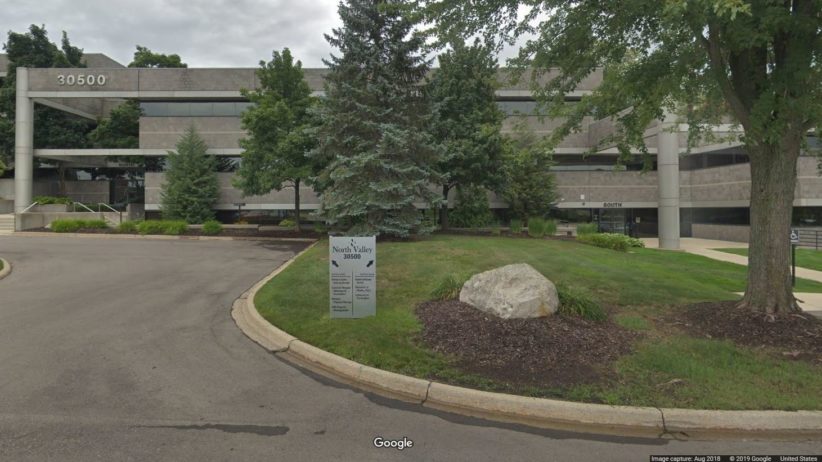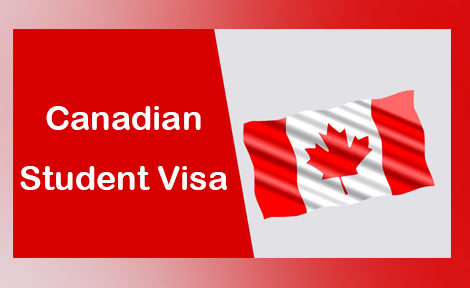1) We have heard that there was a raid on students of a certain university called the University of Farmington in Michigan. What is the background on this university?
The University of Farmington (“the University”) was apparently set up by the U.S. federal government, in 2015, to monitor students and recruiters with the goal of finding violators and holding them accountable. The concern is that the University was set up to lure students and recruiters who were looking for employment authorization with Curricular Practical Training (CPT) from day one, even though no classroom attendance was required for enrolling at the University. The U.S. Department of Homeland Security (DHS) also contracted with individuals who acted as recruiters of international students at this “fake” University. The DHS alleges that the students who had obtained employment authorization had, in fact, never enrolled in or attended any classes physically and should have known that this arrangement was in violation of U.S. immigration laws and regulations.
2) What should F-1 students formerly enrolled at the University of Farmington expect going forward?
Based on preliminary information obtained so far, all of the students’ Student and Exchange Visitor Information System (SEVIS) records were terminated by the DHS on or about January 28, 2019. The basis for this termination of SEVIS records was the belief that the University’s students willfully violated their F-1 status. Therefore, all such students with terminated SEVIS records are subject to removal (also referred to as deportation) from the U.S.
The Murthy Law Firm has been hearing multiple reports that, several weeks prior to the University’s shutdown, ICE agents apparently warned some students that the school was fake and recommended that they leave the U.S. immediately, within 15 days. It now appears that those students who did not depart the U.S. as warned, became subject to detention in a massive sweep, which began the evening of January 28, 2019 and went on into the morning of January 29, 2019. We expect that each such student will receive a Notice to Appear (NTA), which is the charging document for removal proceedings in immigration court. Students subject to detention by ICE are expected to be released after the issuance of their NTAs and posting their bond with the respective immigration courts with jurisdiction over their cases.
Note that the current law requires that the government must indicate the place and the date for the first master calendar hearing on the NTA. Those NTAs that do not contain this information can and should be challenged with the immigration court as improperly issued and invalid. You should discuss this strategy with your immigration counsel.
3) What happens to those students who were not subject to detention by the DHS?
Those F-1 students who were enrolled at the University and have not yet been apprehended in the first several days after the shutdown of the University, should expect to be detained and served with NTAs at a later date. Those whom the government is unable or unwilling to apprehend may be served by mail with NTAs delivered to last known addresses.
Those students neither detained nor served with NTAs immediately following the shutdown nonetheless should expect difficulty when they attempt to change or adjust status, transfer to other schools, and/or apply for visas at U.S. consulates abroad, as explained below.
4) What about students detained by the DHS? Will they be deported immediately?
There is no mechanism in the law that would allow the DHS to immediately remove a foreign national from the U.S. Immigration court proceedings are subject to specific requirements. This affords each foreign national in removal proceedings an opportunity to defend her/himself before an immigration judge. It is advisable, therefore, for each individual who was enrolled with the University to consult with a knowledgeable removal defense attorney to assist them during immigration proceedings in court. Such proceedings may last an extended period of time, from several months to several years.
If a person departs after the NTA is issued, as explained below, that individual will be subject to a minimum 5-year bar to reenter the U.S.
On the other hand, if a student leaves the U.S. before an NTA is issued, s/he is no longer within the jurisdiction of the immigration court. It is advisable in this case to have someone check the student’s mail and, if the NTA was issued by mail in the name of a student who already has departed the U.S., the departure should be communicated to the immigration court and the Immigration and Customs Enforcement (ICE) to terminate the removal proceedings.
5) Can the students transfer to other schools?
Any student with a terminated record must apply for reinstatement based on admission to another school. An application for F-1 reinstatement must meet several requirements that a student who was enrolled at the University may be unable to demonstrate, including not having been out of status for more than 5 months and not having a record of repeated or willful violations under the law. While each reinstatement application must be evaluated on its own merits, given the allegations raised by the DHS against students enrolled at the University, it appears unlikely that a reinstatement application in these circumstances will be approved by the USCIS.
6) Can students formerly enrolled at the University of Farmington continue working on CPT?
No. Any CPT authorization issued by a school that was set up by the government to entrap students is not valid. In addition, it is believed that the SEVIS records for all students previously enrolled at the University of Farmington already have been terminated, which leaves all such students of this University, without valid status in the U.S.
7) In the future, will there be any issues for the affected students?
Yes. Students enrolled at this University are likely to have issues with any future request for a U.S. immigration benefit. The problems any such student likely will experience are expected to reemerge with a request for a change or an adjustment of status, transfer to another program, and reinstatement, visa issuance, and/or readmission to the U.S. after departure.
Based on the Unlawful Presence Memo, the DHS is likely to argue that these students started accruing unlawful presence as far back as August 9, 2018, on the date that the memo was issued. Those students who do not depart the U.S. prior to February 5, 2019, which is the 180-day mark from August 9, 2018, likely will be subject to a 3 or 10-year bar. A departure after the issuance of the NTA will result in a 5-year bar.
It is not clear at this time if the DHS is going to allege that the students are subject to removal based on violation of status only or both a violation of status and fraud for knowingly registering in a university and not attending classes in person physically. In the event that the government makes a finding of fraud against all or some of these students, they potentially could be subject to a permanent bar on admission to the U.S.
Source:
https://www.murthy.com/2019/01/31/faqs-for-students-of-the-university-of-farmington/







